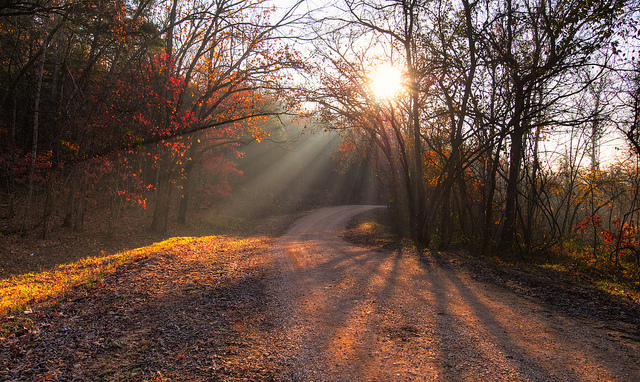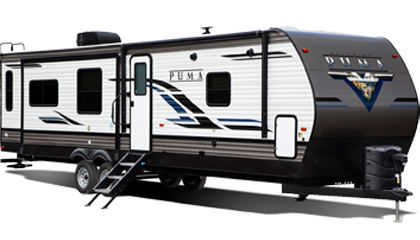RV Vacation: Mark Twain National Forest

In the United States, there are 155 National Forests containing almost 190 million acres of land. And a good deal of those are within a short drive from central Iowa.
One nearby gem, however, in the National Forest system, is located in the southeast corner of our neighbor to the south: Missouri.
Mark Twain National Forest is bursting at the seams with over 5,000 caves, rocky barren glades, old volcanic mountains and breathtaking streams. The park encompasses more than 5 percent of Missouri’s total land, so there’s something for every nature lover.
WHERE TO STAY
Mark Twain National Forest is enormous (over 2,300 square miles), and it’s hard to put your finger on exactly the best place to stay. It largely depends on what you want to see and how much access you need to resources (stores, shopping, etc.). For most RVers, however, the best bet is to stay at Markham Springs Recreation Area.
According to the forest service website, Markham Springs Recreation Area gets its name from the former owner, M. J. Markham, who acquired the property in 1901 and operated a lumber mill at the site until the 1930s. It features a host of single and double RV hookups, electricity and pristine lakes with over 5 million gallons of fresh spring water per day.
If you’re planning on visiting a separate part of the park, there are other RV campgrounds that would fit the bill, too.
GREER SPRING
Spitting out more than 360 cubic feet of water per second (that’s almost 2,700 gallons), Greer Spring is the second-largest spring in the Ozarks, and is a popular attraction for nature lovers, fishermen and swimmers from around the country.
The spring flows into the Eleven Point River near Alton, Missouri and doubles the size of the river. A 0.9-mile trail winds around the river and spring, and you can get a glimpse of this wonder of the Ozarks from there.
DEVIL’S BACKBONE WILDERNESS
Known by locals as simply “Devil’s Backbone,” Devil’s Backbone Wilderness is an ideal area for day hiking or overnight backpacking. With three designated trailheads and 13 miles of carefully groomed trail, this part of the forest is perfect for wilderness lovers.
Fall, spring and summer are the optimal time to check out this trail, as the burst of color from spring flowers and golden oak leaves will leave a lasting impression on campers of all ages.
Photo courtesy Bhanu














